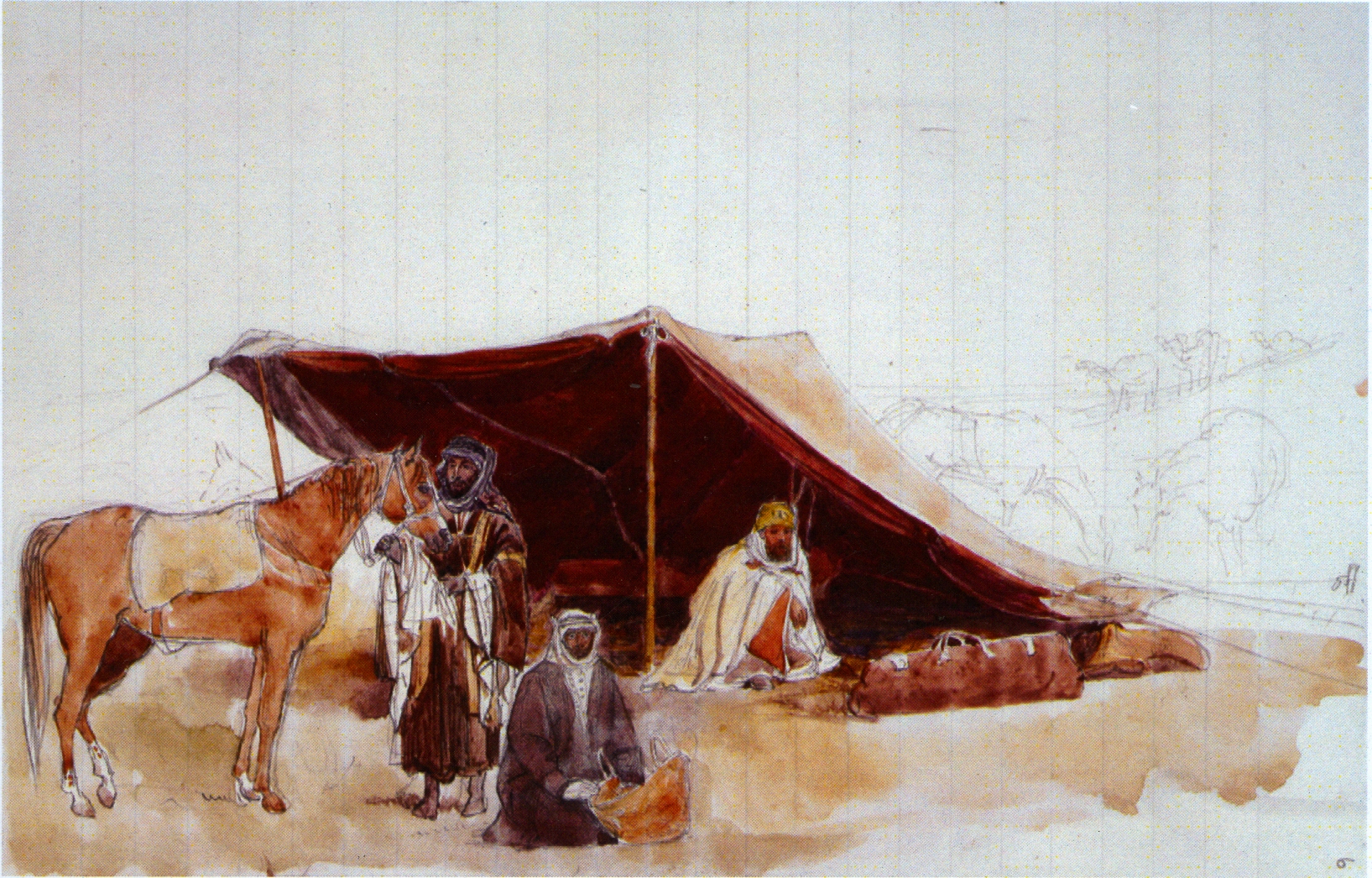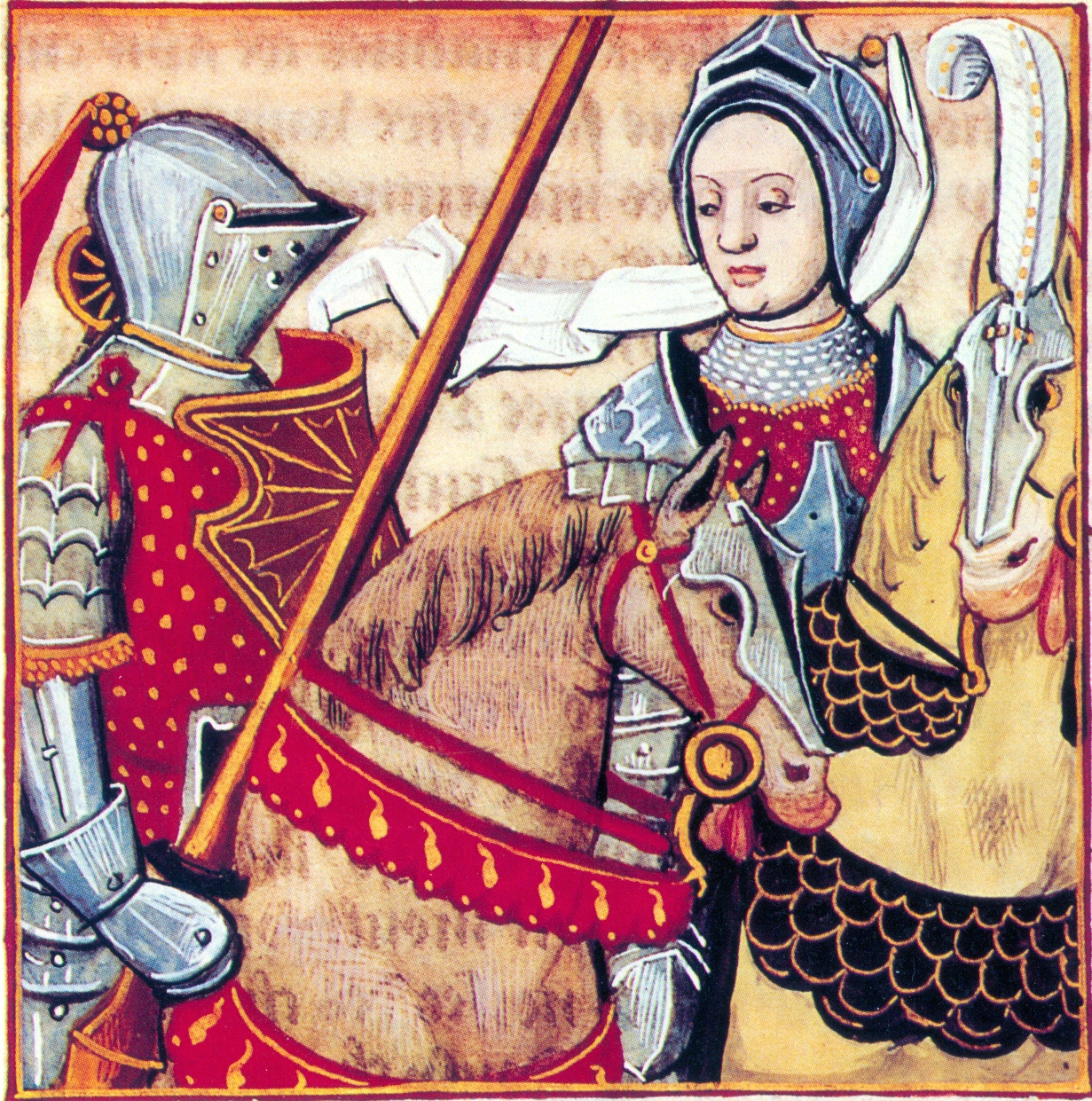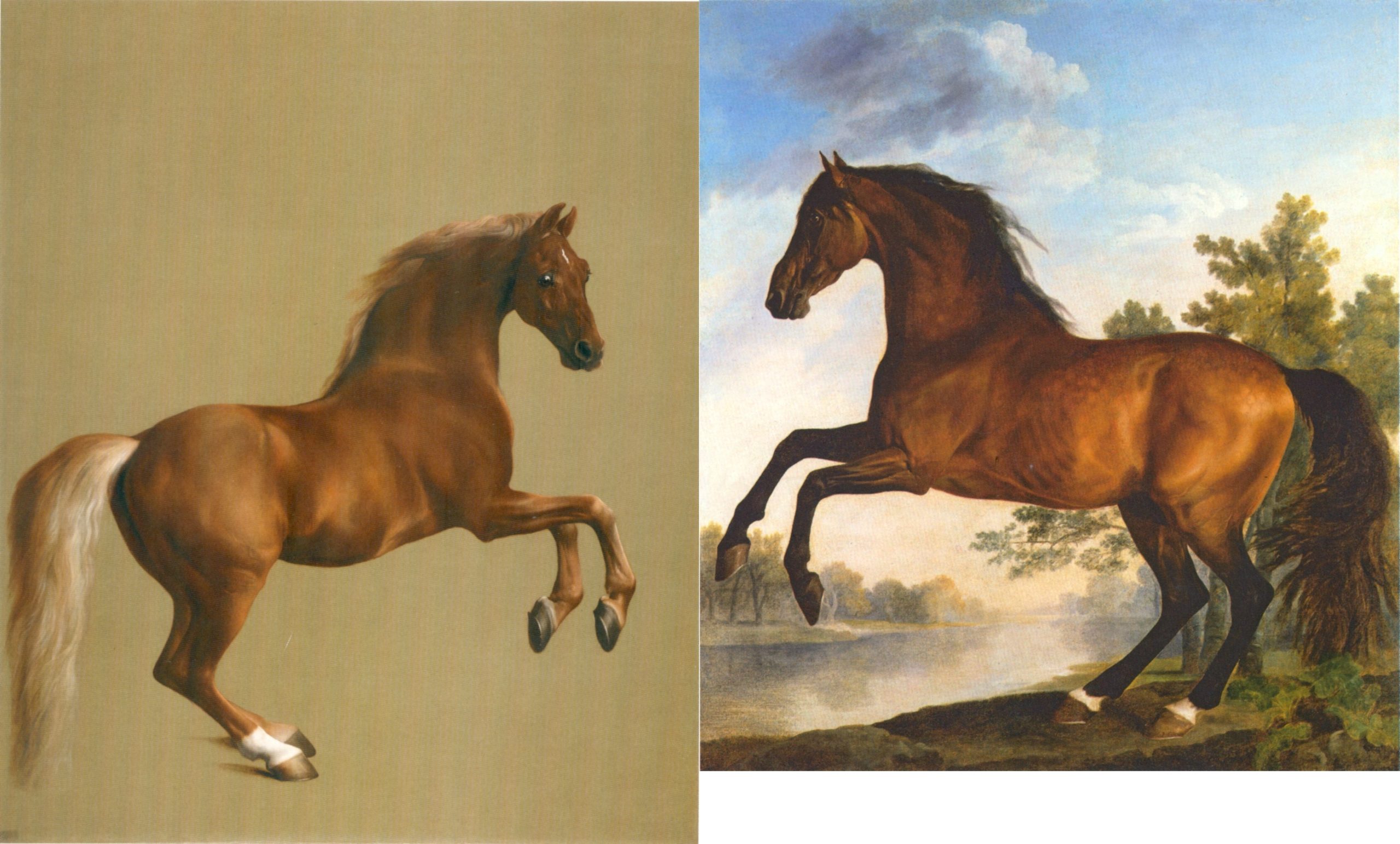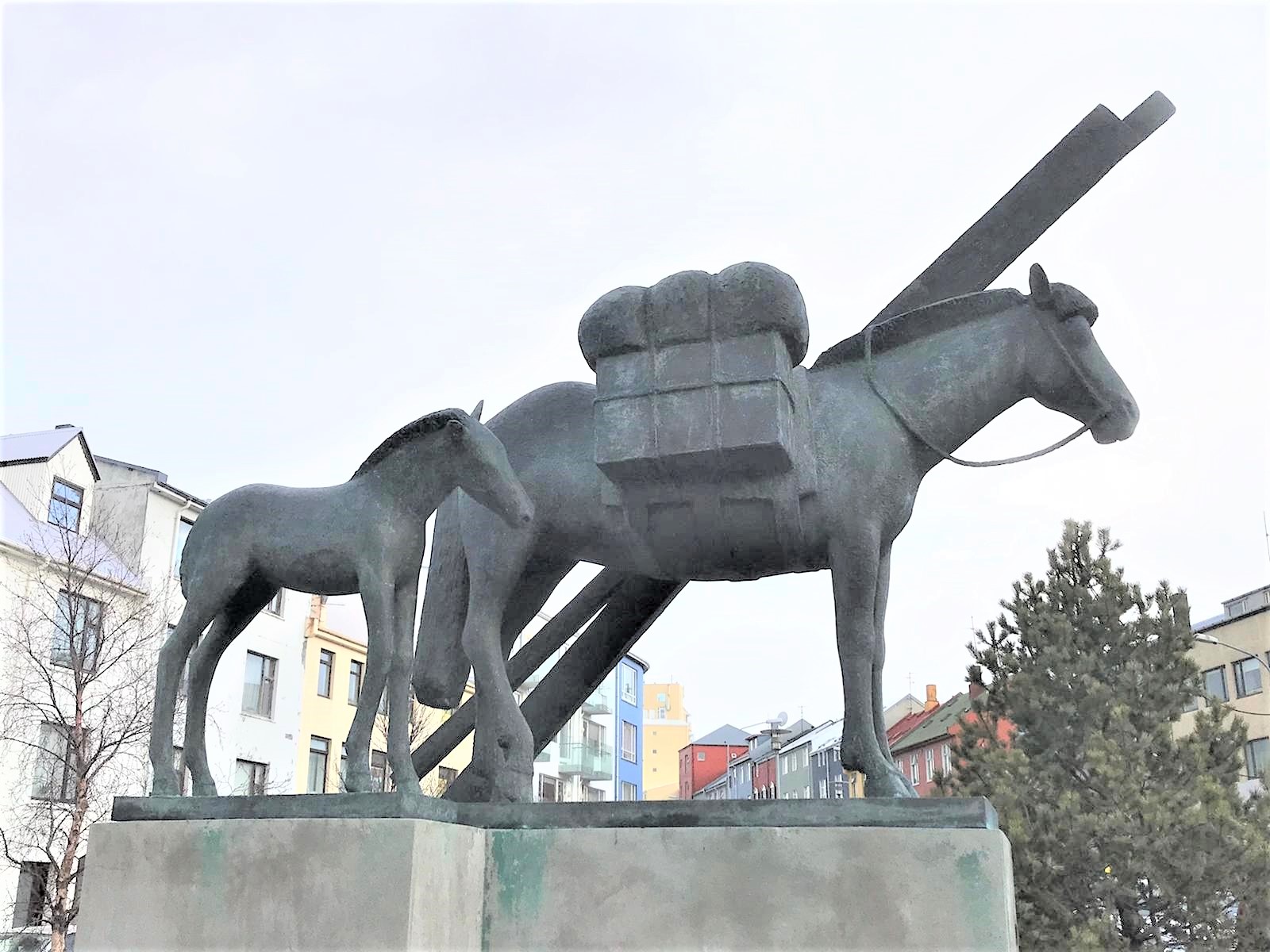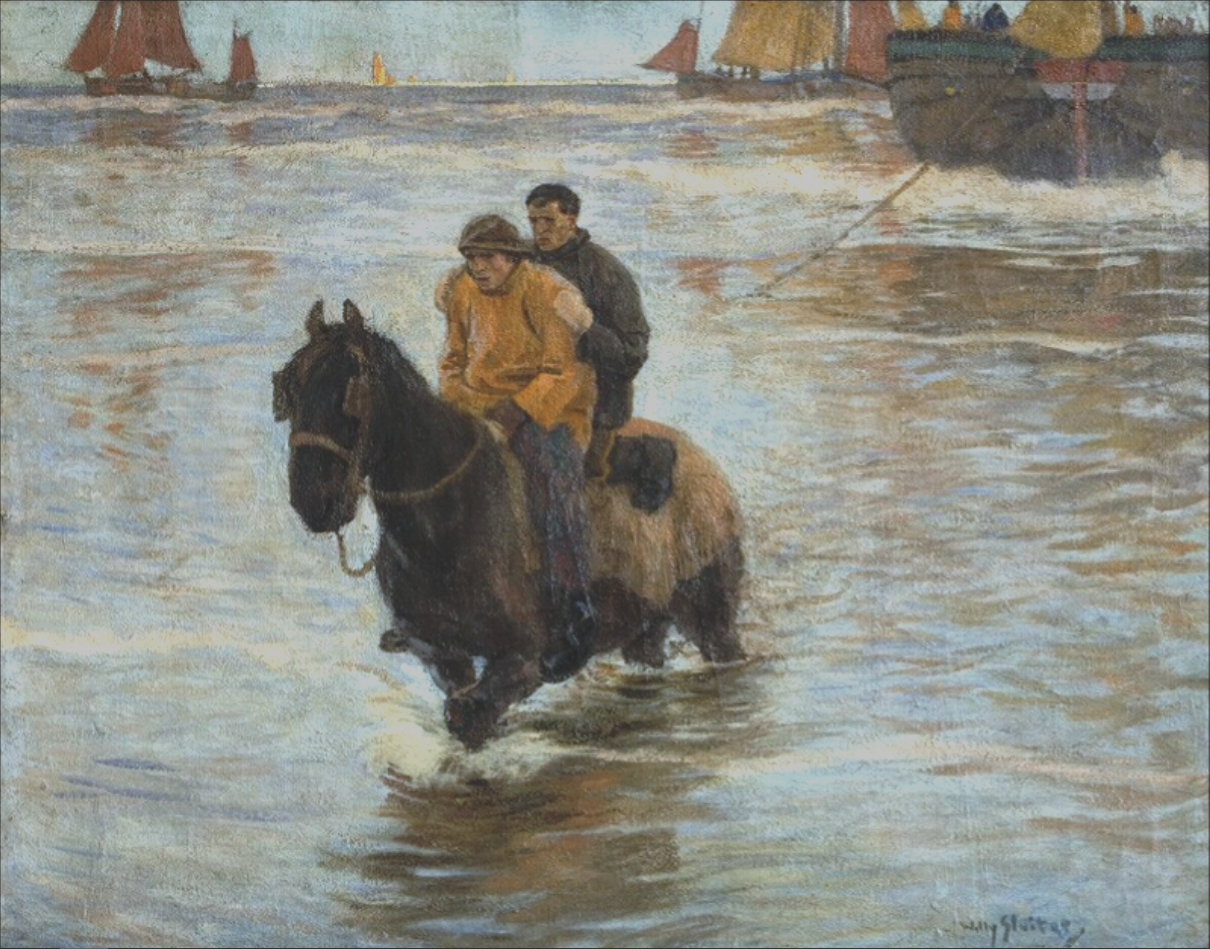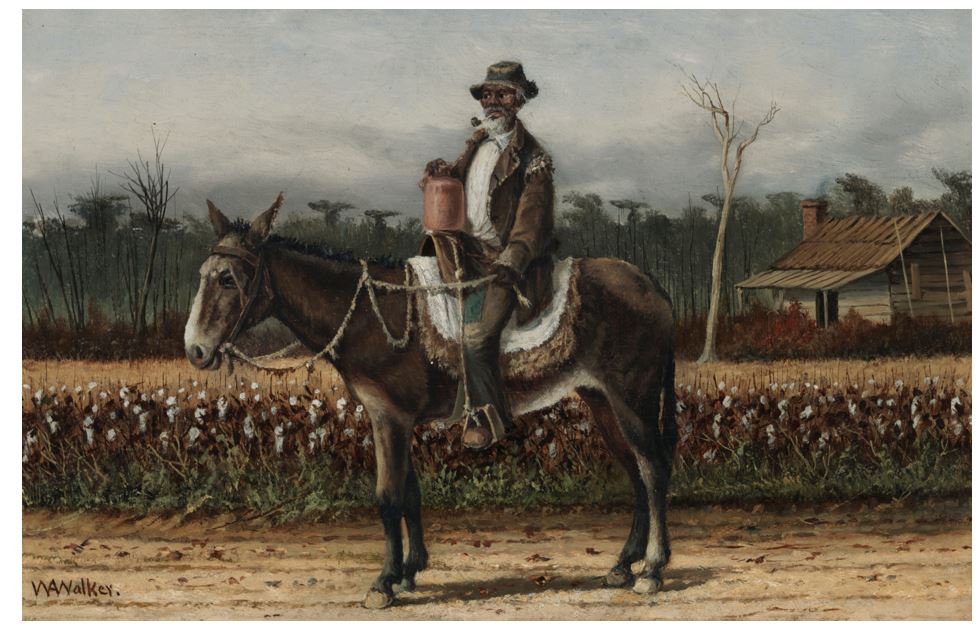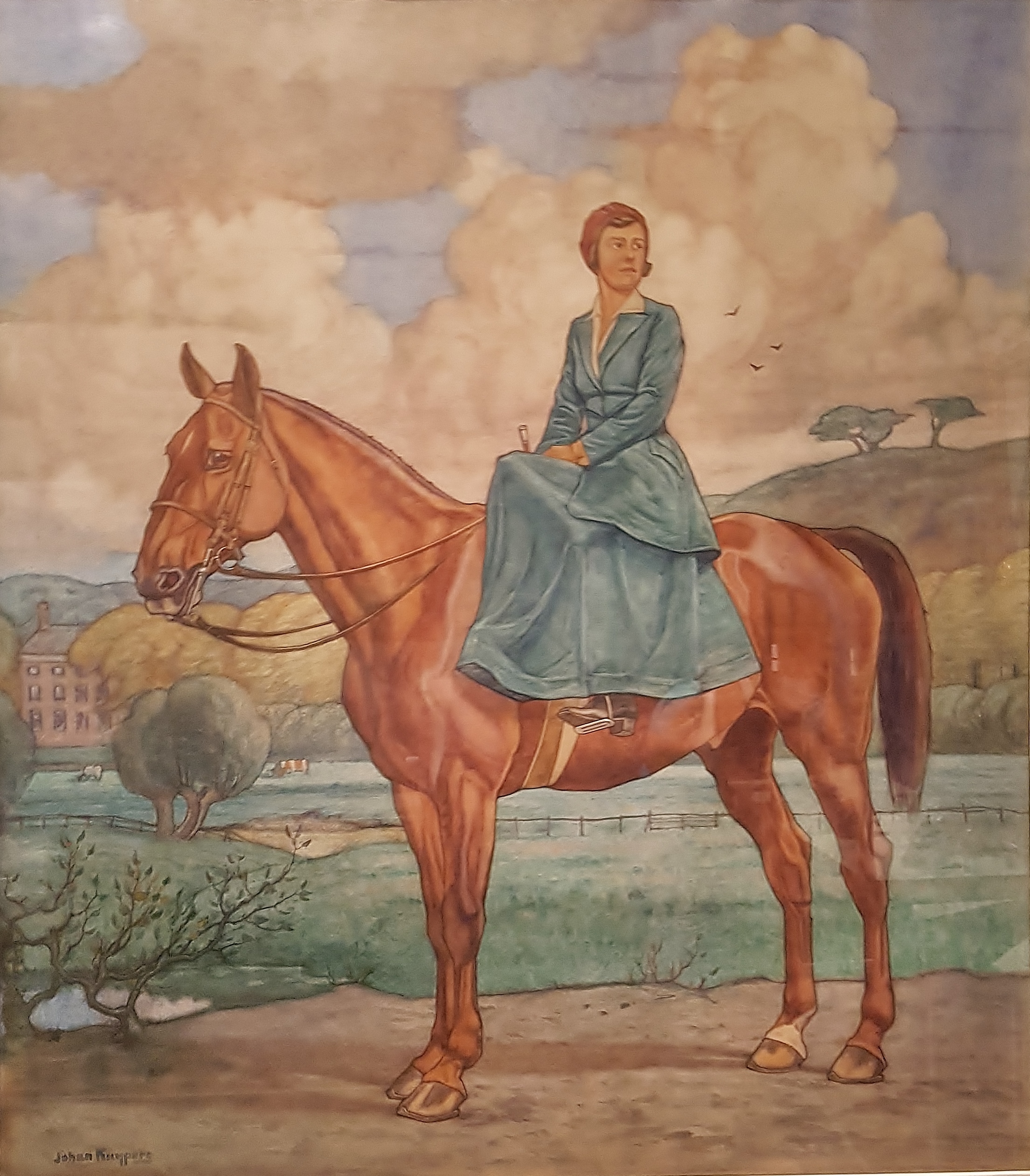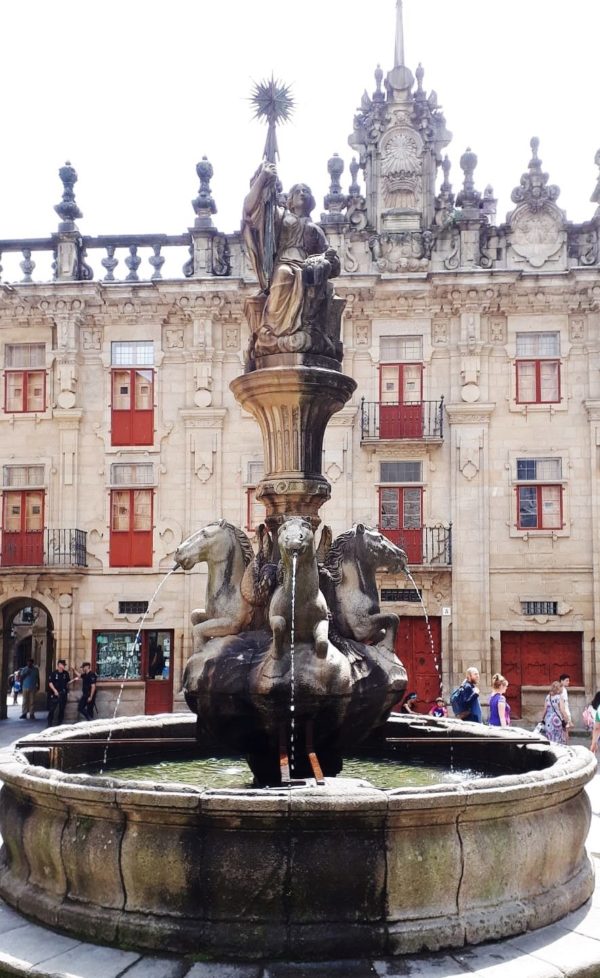The Landing of Spring, by Bernard Essers, 1920
for direct access to the database The Horse in Art in RKDimages click here
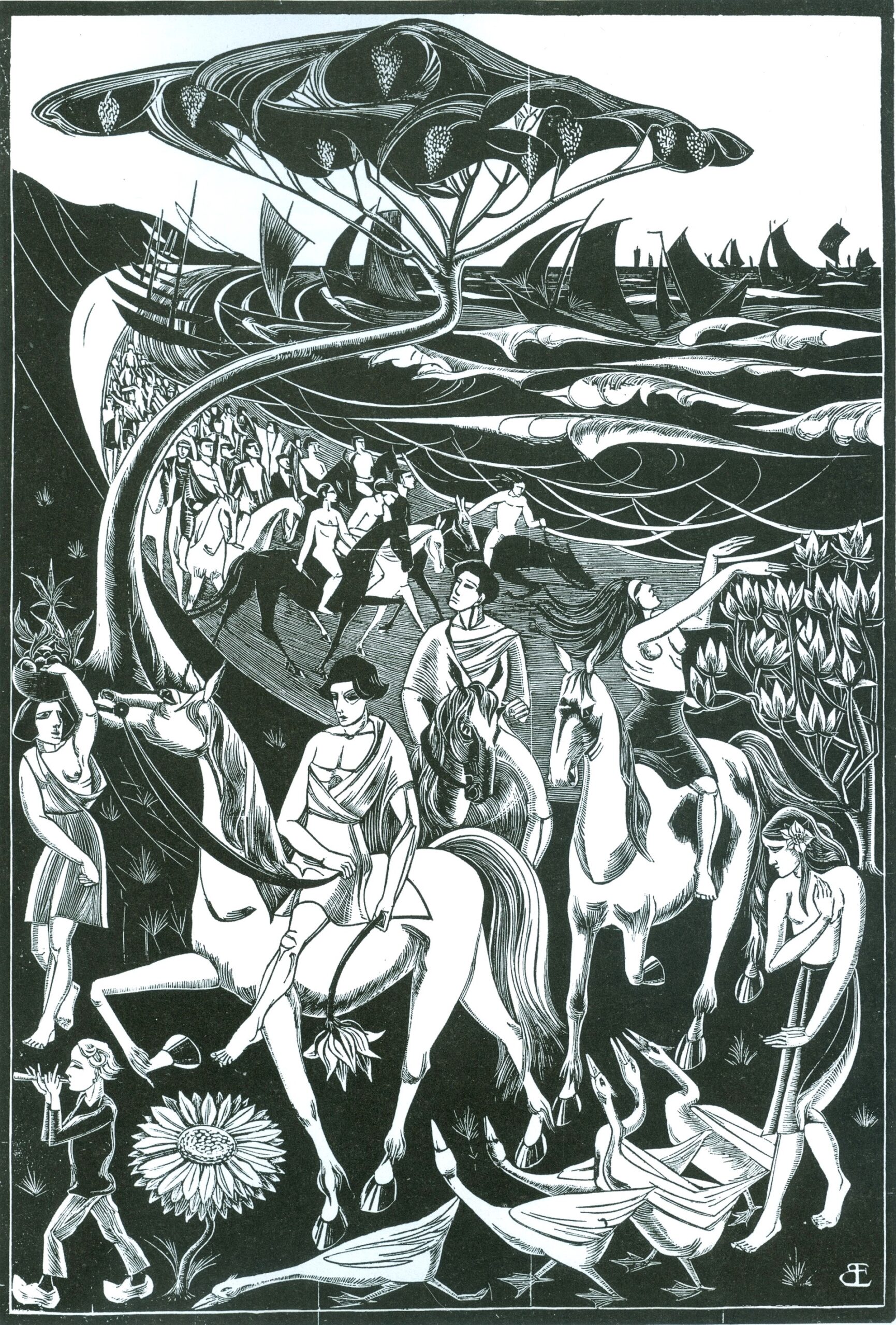
Wood engraving, 59 x 40.5 cm, monogrammed lower right, Auction Onder de Boompjes, Leiden, lot 407, 20 June 2020
‘Spring’ is a girl on horseback and has landed with boats on the beach. She brings a cavalcade with her and is waving her arms. Her hair waves with them, as a continuation of the waves of the sea. The girl may be seen as ecstatic with joy while her horse carries her imperturbably. Two riders go in front of Spring and one of them picked a flower. The cavalcade is welcomed by a young boy playing the flute, a girl with geese and a woman carrying a basket with fruits on her head. The tree and large flowers play an important role in the scene. The artist has expressed the exuberant feeling caused by the spring through the many horses as carriers of Spring’s message. This work is considered as a key work in the symbolistic oeuvre of Bernard Essers and it was very much appreciated during his lifetime. Already in 1923 the New York Public Library purchased a copy and many collections followed. Spring’s Landing is an excellent example of the importance of the horse as a means to convey strong emotion and significance. (Lit. P. Spijk & A. Timmer, Bernard Essers 1893-1945, Zwolle 2008).
